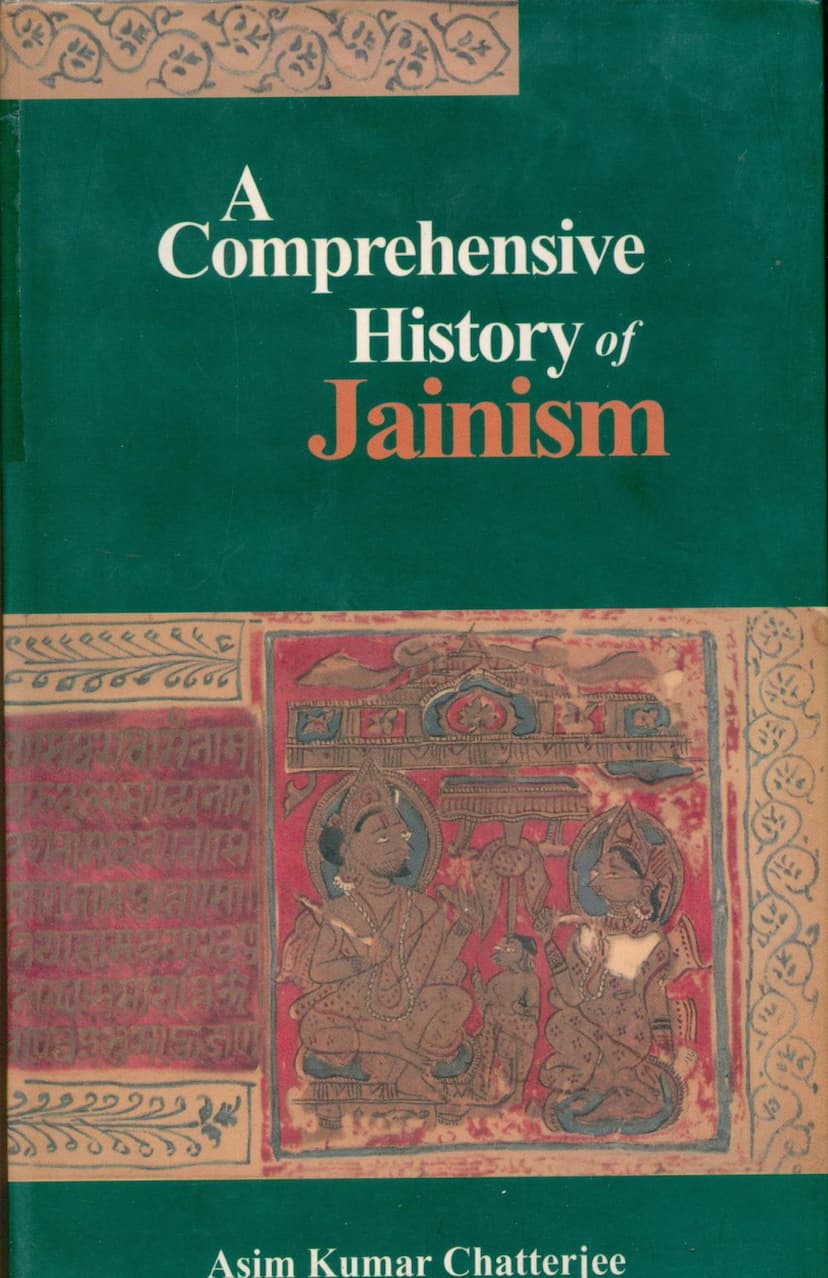Comprehensive History Of Jainism
Added to library: September 1, 2025

Summary
This text is a summary of the book "Comprehensive History of Jainism" by Asim Kumar Chatterjee, published by Munshiram Manoharlal Publishers Pvt Ltd.
The book provides a detailed account of Jainism from 800 BC to the Mughal Emperor Akbar's time. It highlights Jainism's position as an older religion than Buddhism and its early protest against Brahmanical Hinduism. The author emphasizes Pārśvanātha as the real founder and penultimate Tīrthamkara, predating Gautama Buddha by 250 years. Vardhamāna Mahāvīra, a contemporary of Buddha, is presented as the twenty-fourth and last Tīrthamkara, who significantly popularized Jainism in North India. The book also notes Jainism's spread to South India from the 1st century BC onwards.
Despite facing systematic vilification from Buddhists and Brahmins, Jainism has endured as a dominant religious system in India, unlike Buddhism, which has largely vanished from its birthplace. The book mentions that approximately twenty million people are currently followers of Jainism in India, and they are described as prosperous.
A significant portion of the book is dedicated to a descriptive account of well-known Jaina Tirthas (sacred places), discussing nearly three hundred such locations.
The author, Asim Kumar Chatterjee, was a Senior Reader and former Head of the Department of Ancient Indian History and Culture at Calcutta University. He has authored several books and research articles.
The provided text includes the preface to the second edition (from 2000) and the first edition (from 1978), the introduction, a list of abbreviations, and the table of contents for Volume I, which covers the period from the earliest beginnings to AD 1000. The table of contents reveals detailed chapters on Tirthamkaras, Pārśvanātha, Mahāvīra, the spread of Jainism in various regions of India (Mathura, Orissa, North India, South India), Jaina canonical and non-canonical literature, and Jaina thinkers. Appendices are also listed covering Ajivikism and Yakṣa-worship.
Key points highlighted:
- Age and Origin: Jainism is older than Buddhism and originated around 800 BC. Pārśvanātha, the 23rd Tīrthamkara, is considered the real founder, living 250 years before Buddha. Rishabhanatha was the first Tīrthamkara.
- Protest Against Brahmanism: Jainism was the first religion to protest against Brahmanical Hinduism.
- Key Figures: Pārśvanātha and Mahāvīra are central figures. Mahāvīra made Jainism widely popular.
- Spread: Initially popular in North India, it spread to South India from the 1st century BC. It also reached Bengal and Orissa.
- Resilience: Despite opposition, Jainism has persisted in India, unlike Buddhism.
- Current Status: Approximately 20 million Jains in India, who are prosperous and intellectual.
- Content: The book covers the history of Jainism, its literature (canonical and non-canonical), its thinkers, and its geographical spread.
- Author's Background: Asim Kumar Chatterjee was a respected academic in Ancient Indian History and Culture.
The provided pages offer a detailed glimpse into the book's scope, chronological coverage, and scholarly approach to understanding the history and development of Jainism.